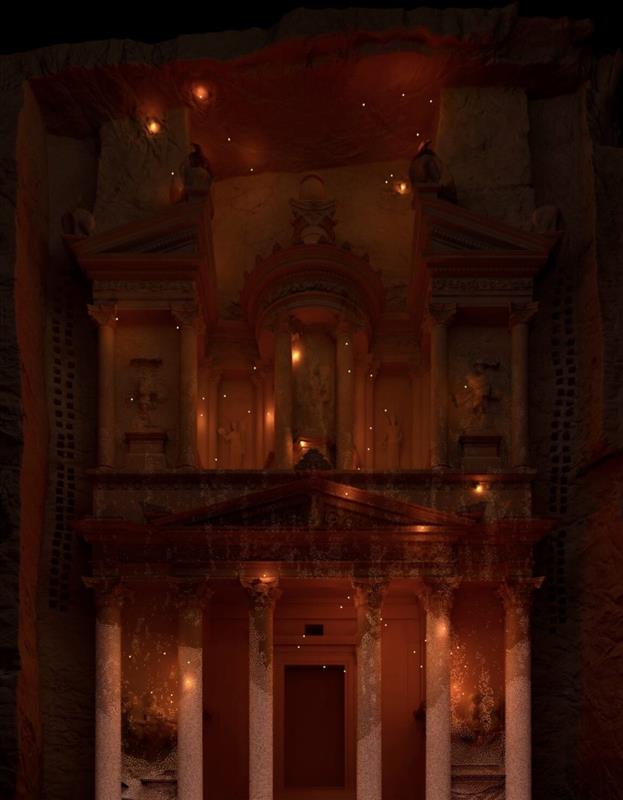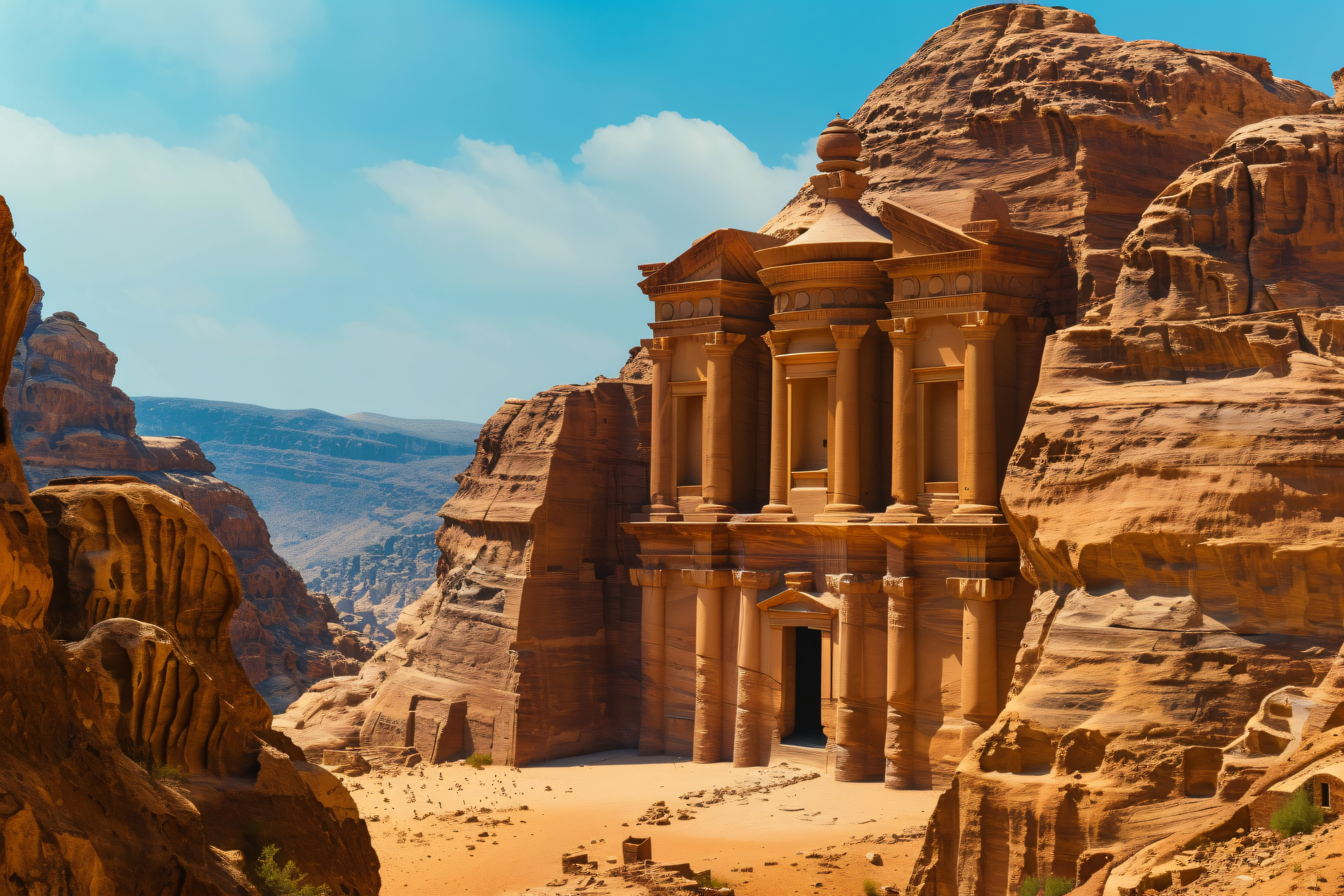Jordan’s desert castles, scattered across the eastern desert, stand as remarkable testaments to the region’s rich historical mosaic. These enigmatic structures, dating back to the early Islamic period, offer a fascinating glimpse into the architectural and cultural innovations of their time. From the intricate frescoes of Qasr Amra to the imposing walls of Qasr Kharranah, each castle tells a unique story of power, artistry, and adaptation to the harsh desert environment. We explore the historical significance of these desert castles, uncovering the layers of history that have shaped Jordan’s heritage and contributed to our understanding of early Islamic civilization.
Umayyad Dynasty – A Golden Age of Construction
The majority of Jordan’s Desert Castles were constructed during the reign of the Umayyad Caliphate (661-750 AD). This period marked a golden age of Islamic art and architecture. The Umayyads, with their base in Damascus, sought to consolidate their power and establish trade routes across their vast empire. These castles served various purposes, functioning as:
- Caravan Stations: Offering rest and provisions for travelers from the desert trade routes.
- Administrative Centers: Housing officials who oversaw the region and collected taxes.
- Military Outposts: Providing security and control over strategic locations.
- Royal Retreats: Serving as luxurious hunting lodges and entertainment complexes for the Umayyad caliphs.
Architectural Gems – A Blend of Styles
Each castle has unique architectural features, reflecting the Umayyads’ appreciation for diverse influences. From Roman engineering techniques to Byzantine mosaics and Sasanian decorative elements, a fascinating blend of styles unfolds.
Beyond their imposing facades, the Desert Castles offer a look into the lives of those who inhabited them. Unearthed pottery shards and cookware tell tales of daily meals prepared within these walls. The presence of bathhouses speaks to the importance placed on hygiene and leisure. Imagine bustling marketplaces within the castle walls, or the quiet contemplation of scholars in the lavishly decorated chambers.
Qasr Amra
A UNESCO World Heritage Site, Qasr Amra is renowned for its intricate geometric patterns and captivating frescoes adorning its walls. These frescoes show a variety of scenes, including hunting parties, courtly gatherings, and even a depiction of the zodiac. The castle’s bathhouse, with its elaborate heating system and mosaics, offers a glimpse into the luxurious bathing practices of the Umayyad elite.
Qasr Kharranah
This imposing castle, situated amidst a rugged desert landscape, showcases the Umayyads’ mastery of engineering. Its vaulted ceilings, rainwater harvesting systems, and sturdy fortifications speak to its architectural expertise. The castle’s layout, with its central courtyard surrounded by chambers, reflects the harmonious blend of functionality and aesthetics.
Qasr Azraq
Also known as “The Blue Castle,” Qasr Azraq derives its name from the black basalt stones used in its construction, which give it a distinctive bluish color under certain lighting conditions. The castle’s history is rich and varied, having served as a Roman fort, an Umayyad palace, and a base for T.E. Lawrence during the Arab Revolt. Its well-preserved chambers and courtyards offer a fascinating glimpse into different eras of Middle Eastern history.
Planning Your Historical Exploration
Several Desert Castles are easily accessible from Amman, Jordan’s capital. Qasr Amra, Qasr Kharranah, and Qasr Azraq are located within a relatively close proximity to each other, making them ideal destinations for a day trip or a weekend excursion. Ensure you wear comfortable shoes suitable for exploring uneven terrain and bring plenty of water and sunscreen, as the sun can be unforgiving.


